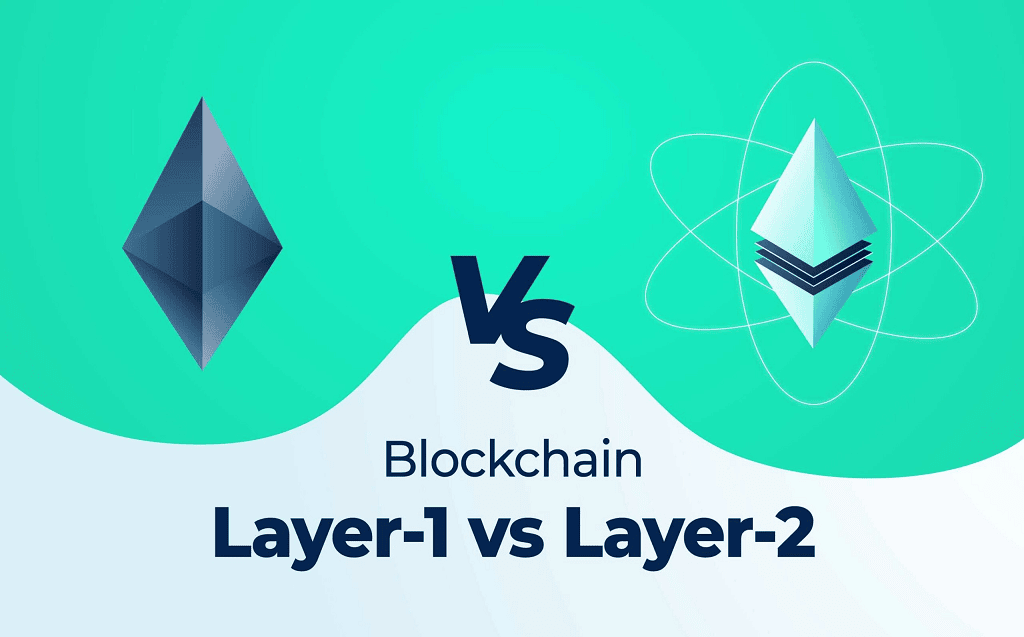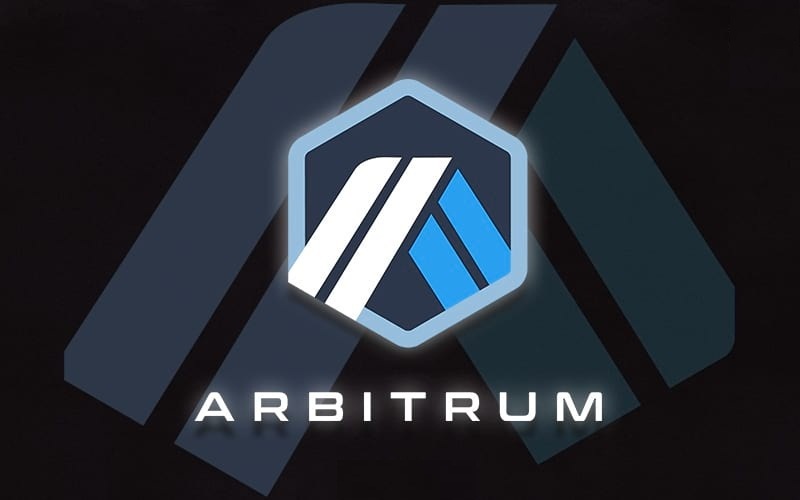Introduction
Ethereum (ETH) stands as a cornerstone of the blockchain world, fueling decentralized finance (DeFi), non-fungible tokens (NFTs), and a myriad of smart contract-driven applications. Yet, as its popularity surges, Ethereum grapples with steep gas fees and sluggish transaction speeds. Enter Ethereum Layer 2 (L2) solutions—off-chain frameworks that turbocharge transaction efficiency while anchoring to Ethereum’s ironclad security. This article unravels the essence of Ethereum Layer 2, its mechanics, and the standout projects propelling blockchain scalability into the future.
What is Ethereum Layer 2?

Ethereum Layer 2 (L2) encompasses off-chain systems that handle transactions outside the Ethereum mainnet (Layer 1) while tapping into its security backbone. By offloading the heavy lifting, L2 boosts scalability, eases network strain, and slashes costs—all without sacrificing Ethereum’s decentralized ethos.
Key Advantages of Ethereum Layer 2
Reduced Gas Fees: Efficient processing slashes transaction costs dramatically.
Swift Transactions: Faster speeds enhance user accessibility.
Enhanced Scalability: Handles higher transaction volumes for widespread adoption.
Uncompromised Security: Settlements on Ethereum’s mainnet ensure trust.
Smoother Experience: Cost-effective, seamless interactions elevate app usability.
How Ethereum Layer 2 Operates
Layer 2 solutions employ diverse strategies to scale Ethereum while safeguarding its core integrity. Here’s a breakdown of the primary methods:
1. Rollups
Rollups aggregate numerous transactions into a single package for submission to Ethereum Layer 1, slashing costs and boosting speed. Two key variants dominate:
Optimistic Rollups: Presume transactions are valid, checking for fraud only when challenged (e.g., Arbitrum, Optimism).
ZK-Rollups (Zero-Knowledge Rollups): Leverage cryptographic proofs for instant verification (e.g., StarkNet, zkSync).
2. Sidechains
Independent blockchains tethered to Ethereum, sidechains process transactions off-chain before finalizing on the mainnet. Examples include Polygon and Gnosis Chain.
3. State Channels
State channels facilitate direct, peer-to-peer transactions off-chain, bypassing Ethereum’s mainnet for each step. Ideal for rapid microtransactions and gaming (e.g., Raiden Network).
Promising Presales on Ethereum Layer 2
The Layer 2 landscape is evolving at breakneck speed, offering early investment opportunities as demand for fast, affordable transactions soars. Here are two buzzworthy presale projects making waves in 2025:
1. Peanut Unbound ($PUBD)

Peanut Unbound is a Layer 2 DeFi and yield farming platform harnessing ZK-Rollups for blazing-fast, low-cost transactions—boasting speeds 100x faster than Ethereum’s mainnet. Its flagship feature is an AI-powered bot that optimizes ROI through real-time market analysis and trade suggestions, making yield farming effortless and lucrative.
With a nod to security and efficiency, $PUBD draws a quirky crowd—its mascot, Pnuts the Squirrel, has won over animal enthusiasts and crypto influencers like Elon Musk. Set for a full Q2 2025 rollout, it blends memecoin charm with tangible DeFi utility, positioning it as a standout in the L2 space.
2. PEPE Ascension ($PEAP)

PEPE Ascension elevates the meme coin game on Ethereum Layer 2, delivering speed, low fees, and staking perks. Beyond hype, it offers PEAP Pad, a launchpad for crafting meme coins securely and swiftly. With a total supply of 8 billion $PEAP, its staking program yields a robust 40% APY over a 7-day lock, rewarding loyal holders.
Built for efficiency and community engagement, $PEAP taps Layer 2’s scalability to carve a niche for meme coin fans and investors eyeing sustainable growth.
Leading Ethereum Layer 2 Projects to Monitor
Beyond emerging presales, established Layer 2 solutions are already sculpting Ethereum’s future. Here are the top players:
1. Arbitrum

A titan of Optimistic Rollups, Arbitrum slashes fees and accelerates smart contracts, powering DeFi giants like Uniswap and Aave. Its widespread adoption underscores its reliability.
2. Optimism

Another Optimistic Rollup leader, Optimism enhances Ethereum’s throughput with a thriving developer community and support for Ethereum-based apps.
3. Polygon (MATIC)
Polygon is a go-to Layer 2 sidechain, delivering fast, affordable transactions for DeFi, NFTs, and gaming ecosystems.
4. zkSync

zkSync, a ZK-Rollup powerhouse, offers instant transactions and low costs with developer-friendly tools and Ethereum compatibility.
Conclusion
Ethereum Layer 2 is the linchpin to overcoming Ethereum’s scalability woes, delivering cheaper, faster, and more efficient blockchain transactions. Through innovations like Rollups, Sidechains, and State Channels, L2 ensures Ethereum remains the premier platform for smart contracts and decentralized applications.
Emerging projects like Peanut Unbound ($PUBD) and PEPE Ascension ($PEAP) highlight the promise of Layer 2 presales, offering investors early access to high-potential ecosystems. Meanwhile, established players like Arbitrum, Optimism, Polygon, and zkSync solidify the durability of Ethereum’s scaling solutions.
For investors, developers, and users alike, tracking Layer 2 breakthroughs and early opportunities will be critical as they define the next chapter of blockchain evolution.

